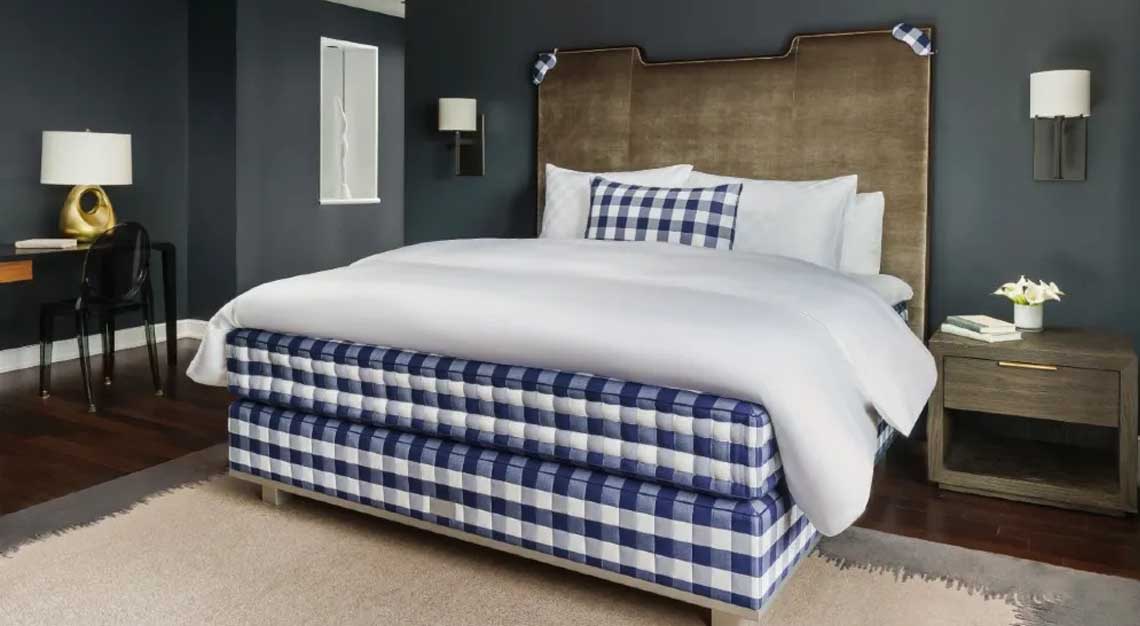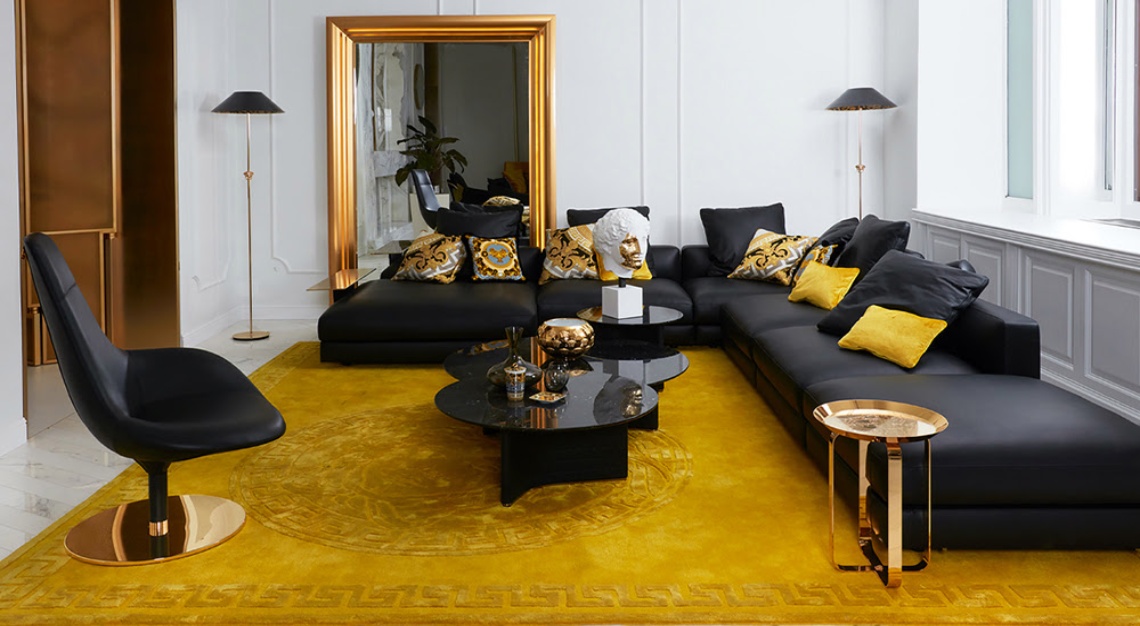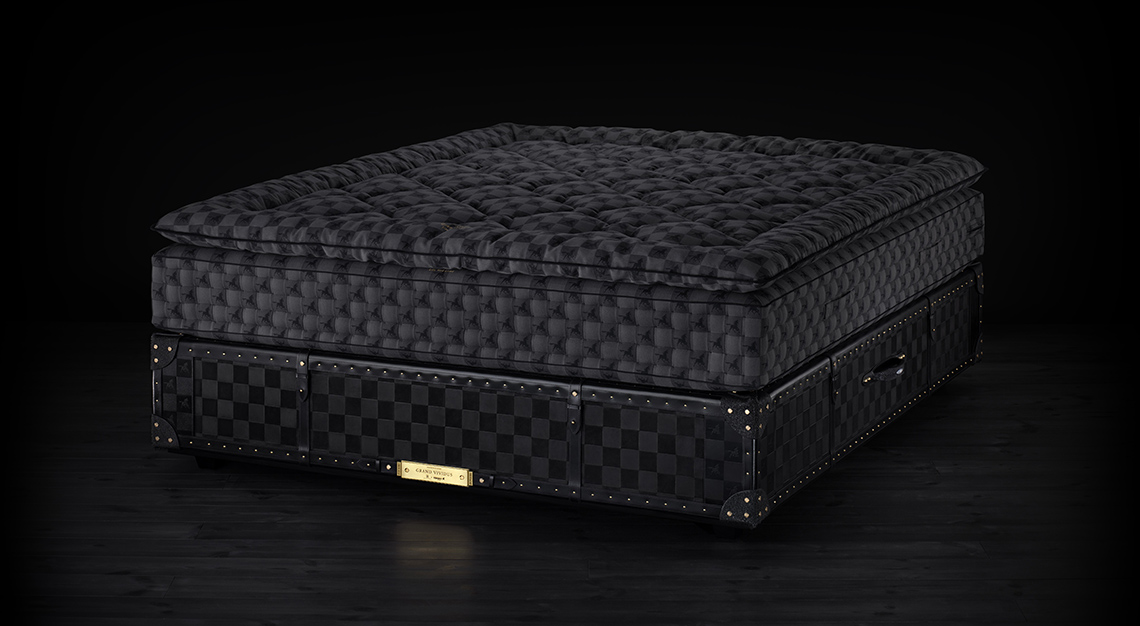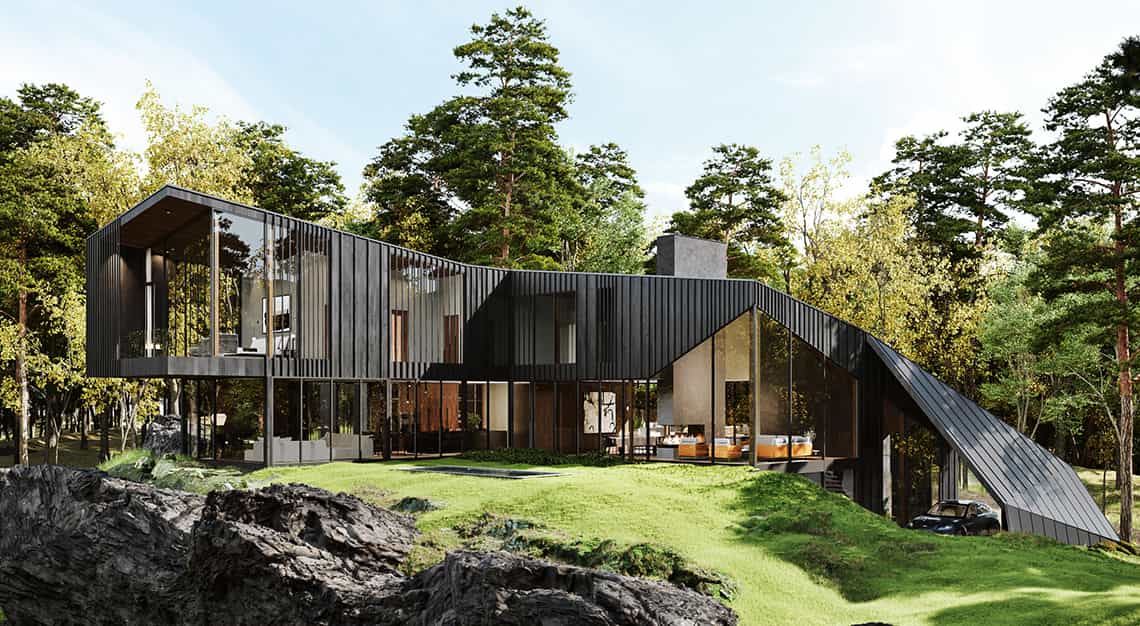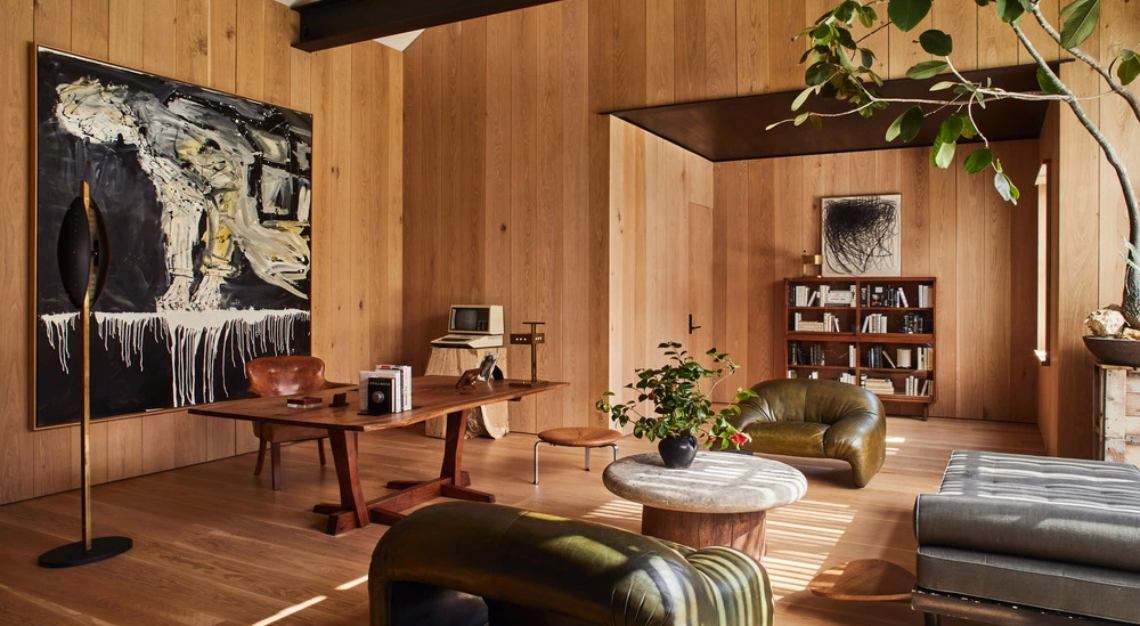Royalty and rock stars alike prise Hästens beds for their quality and longevity. In the brand’s Swedish factory, they start out as piles of thread and horsehair
“Scientists have discovered a revolutionary new treatment that makes you live longer,” reads a wry passage in Why We Sleep: The New Science of Sleep and Dream, a 2017 book by Matthew Walker, director of the Centre for Human Sleep Science at the University of California. “It enhances your memory, makes you more attractive. It keeps you slim and lowers food cravings. It protects you from cancer and dementia. It wards off colds and flu. It lowers your risk of heart attacks and stroke, not to mention diabetes. You’ll even feel happier, less depressed, and less anxious. Are you interested?” Shakespeare, through the mouthpiece of MacBeth, waxed more poetic on the subject of a biological necessity that consumes a third of our lives, marvelling at how sleep “soothes away all our worries,” “puts each day to rest” and “relieves the weary labourer and heals hurt minds”.
Neither boffin nor bard will get any quarrel from the powers that be at Hästens: an ultra-premium bedding company, founded in 1852 by Pehr Adolf Janson and now owned by fifth-generation executive chairman Jan Ryde, for whom the pursuit of proper nocturnal rejuvenation is pretty much a religion. What Ferrari is to driving, Hästens is to sleep, complete with equine logo (“Trancing Horse” anyone?). Their wares are the bed of choice for royalty—both the crowned heads of state variety (King Gustaf VI Adolf appointed it as an official purveyor to the Swedish monarchy in 1952) and the Hollywood kind (a photo gallery of celebrity Hästens devotees in the reception area includes Courtney Cox, George Clooney, Rhianna and Ben Affleck, among others).
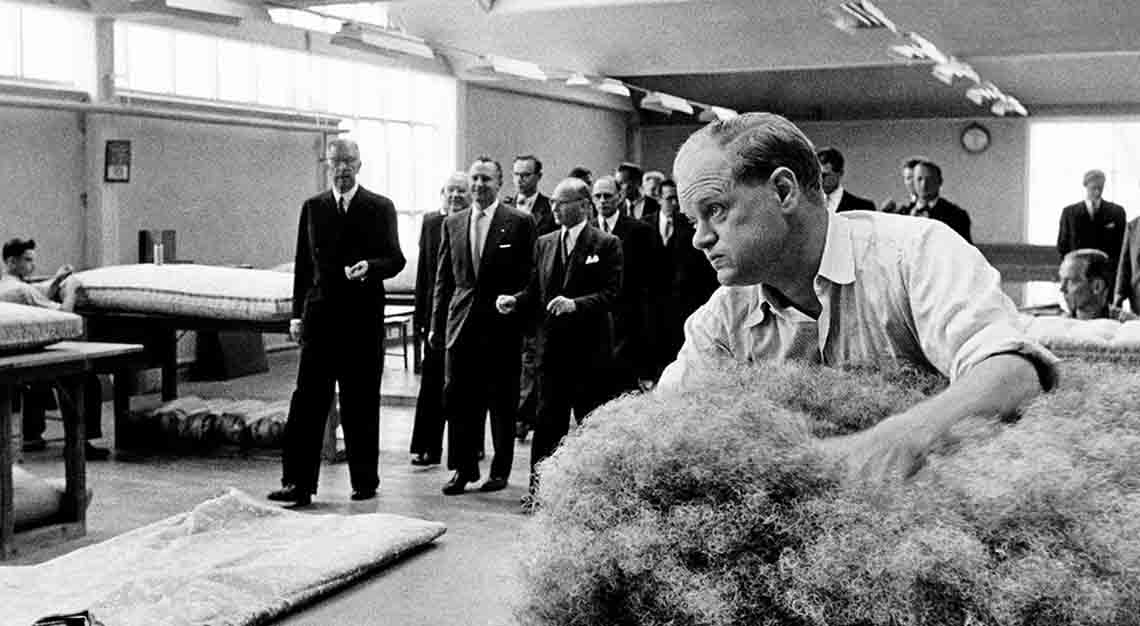
What goes on inside a Hästens bed?
So what exactly goes into making beds which, at the summit of the range, fetch prices in the same ballpark as the most desirable offerings from the likes of Bugatti and Richard Mille? Entering the shop floor of the brand’s 1940s modernist facility in Köping (pronounced ‘Sherping’), where every Hästens bed in existence has been manufactured, the first thing that hits you—aptly enough—is the serenity. Conspicuous by their absence are the buzzing, banging, and brouhaha usually found in any production centre: instead, a gentle soundscape made up of the clickety-clacking of sewing machines and the occasional muffled thunk of stapler on fabric or beechwood mallet on pine fixture calls to mind a kind of ultra-zen version of Santa’s workshop. The reason for this quickly becomes clear. Hästens uses the phrase “hand-made” proudly, unsparingly—and deservedly: pretty much all manufacturing activities carried out under this roof are executed without mechanical intervention.
As such, in one corner, two women sprinkle horsehair onto a centimetre-thick sheet of cotton and wool mix fabric, then fluff the bunched follicles with their fingers and spread them around the area evenly (the interior of a Hästens bed is layered, like a lasagna); close by, excesses of horsehair-flecked cotton-wool fabric yawning out of yet-to-be-zipped up openings of mattress covers are snipped and sliced away by hand, with not a power tool in sight, before the whole unit is fastened up; at another work station, a clever stitching programme which binds all fabric parts together via interior springs and around steel edging, to stabilise the mattress, is carried out by three eagle-eyed, extremely dexterous human workers armed with nothing but double-point knitting needles. (It transpires, whilst witnessing this last activity, that even the beds’ iconic blue cheque pattern, a crucial part of Hästens brand identity—any enthusiastic young marketing recruit who suggests changing it is quickly given short shrift—also has practical benefits when it comes to precision manufacturing that is reliant on the human eye, helping these particular craftspeople place the stitches at perfectly regular intervals.)
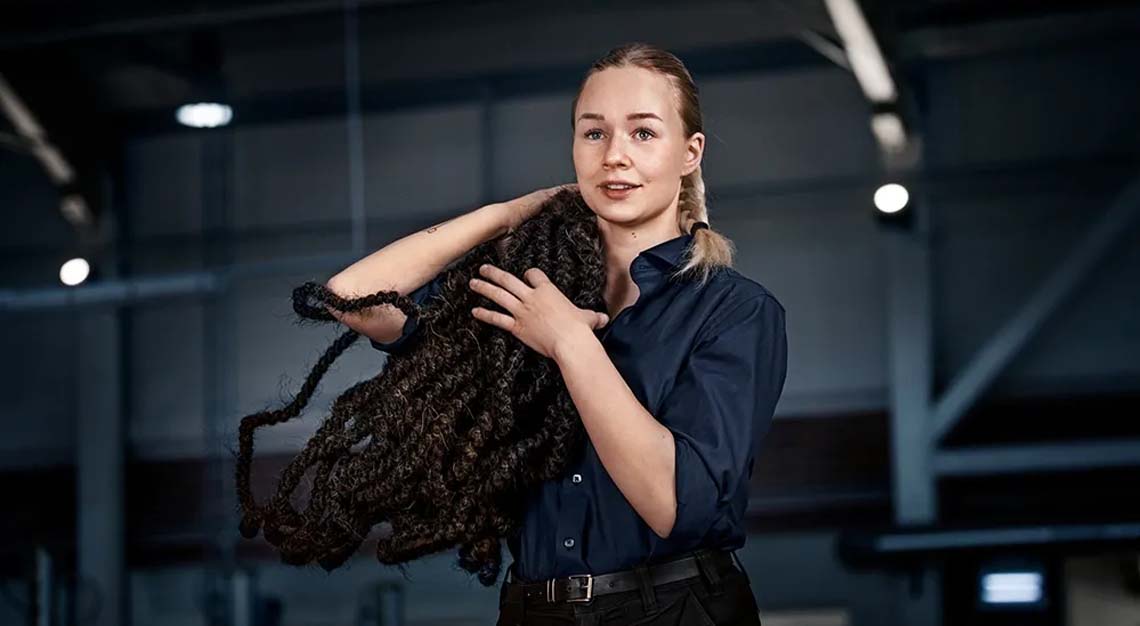
OK, there are some mechanical limbs here and there doing much of the donkey work—tugging that aforementioned plaid fabric, seeming against its will, onto the bed’s layered innards (a Herculean task anyone who’s ever laundered their own sofa upholstery will relate to), or propping up mattresses into a vertical position and compressing them for the stitch-through and tufting stage—but anything involving judgement or skill is an exercise in pure hand-eye coordination, carried out manually, lovingly, deftly, and with effortless proficiency. One can imagine the AI applications tipped for world domination, in this place, standing around trying, and failing, to look busy.
As crucial as the human touch is the choice of materials used. The mention of synthetic, atmospheric moisture-trapping materials such as ‘Latex’ is blasphemy within these walls. This is a company fixated on quality and durability (all Hästens beds come with a 25-year guarantee), but perhaps most of all ‘breathability’. The average human shifts positions between 30 and 40 times a night, these brief arousals lasting in total up to 30 minutes. Researchers have attributed this to a number of factors—melatonin levels, anxiety, late-night backlit screen exposure—but the Hästens philosophy has it that the predominant reason for tossing and turning at night, and the distorting effect this has on healthy sleep patterns, is entirely down to discomfort due to poor ventilation.
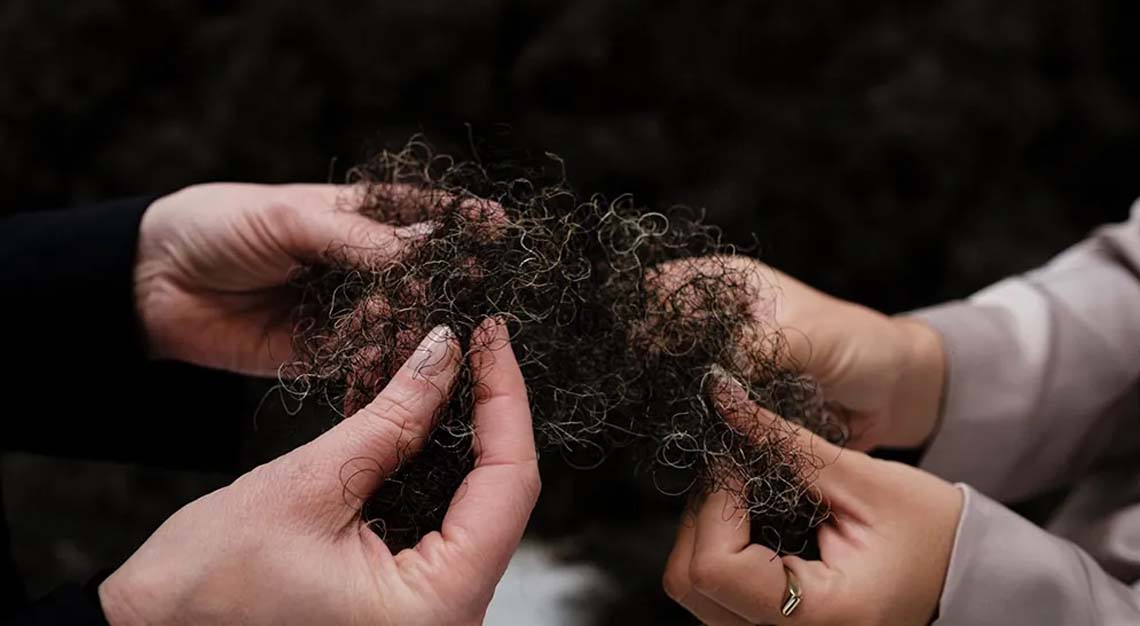
As such, horsehair—a key ingredient of Hästens’ output, going right back to its saddle-making days—is Hastens’ key ingredient: not only for its antibacterial, anti-fungal, and anti-dust mite properties but because of how it breathes. “Horses have evolved to be out in the open, and to dry quickly having been exposed to the elements,” explains Sanja Tegeltija, the Hästens brand representative who joins us on the tour. “Their hollow follicles suck up moister and release it gently as invisible steam as you go about your day, which in effect regulates your body temperature whilst you’re asleep.”
Stored for a period, prior to shredding, having been twisted into ropes to make each individual strand coiled and springy, horsehair also affords those lying horizontal on top of it a feeling of floating whilst being completely, and evenly, supported. “If we could find a better alternative material, we would change it—we’re always looking to improve—but it’s impossible to find a synthetic or any other equivalent to what nature has created,” says Tegeltija. Equally conducive to ventilation, meanwhile, is the layer of recycled steel springs, cylindrical and about two inches in diameter (exactly how many there are, like many other production details on a shop floor from which cameras are banned, is confidential information). Hästens is extremely proud of the fact that the pressure of a human’s weight upon one side of a bed causes zero sagging or sloping elsewhere on its surface: which is why, in the brand’s flagship store nearby – where a sign hangs inviting visitors to remove their shoes, lie on a bed and time how long it takes for them to feel drowsy – staff keenly encourage couples to test the same bed simultaneously.
Meanwhile, with another arcane spring system also constructed within the bed frame—which is constructed from pine from northern Sweden, where the hostile environment ensures slow-growth sturdiness—Hästens insists that buying only a mattress from them is akin to purchasing the most expensive technically accomplished turntable on the planet, then wiring it up to the amp and speakers you’ve had since you were 25. “You can buy just a mattress, but it really takes the entire system, working together, to create the unique Hästens experience,” says Tegeltija. “Without that, you won’t get that natural ventilation from beneath you.”
It’s no exaggeration to say that every production detail here—right down to the flax silencers placed strategically to reduce noise and combat static electricity—has a practical, sleep-enhancing purpose. That said, there’s one hallowed corner of the factory in which cosmetic indulgence is dae rigueur: The Grand Vividus, it can be asserted without fear of hyperbole, is the finest bed on the planet. Created in collaboration with interior designer Ferris Rafauli, and assembled by just eight of Hastens’ most accomplished craftspeople, it takes 600 hours to make. There has been a waiting list for it since its launch in Paris, in the midst of the pandemic.
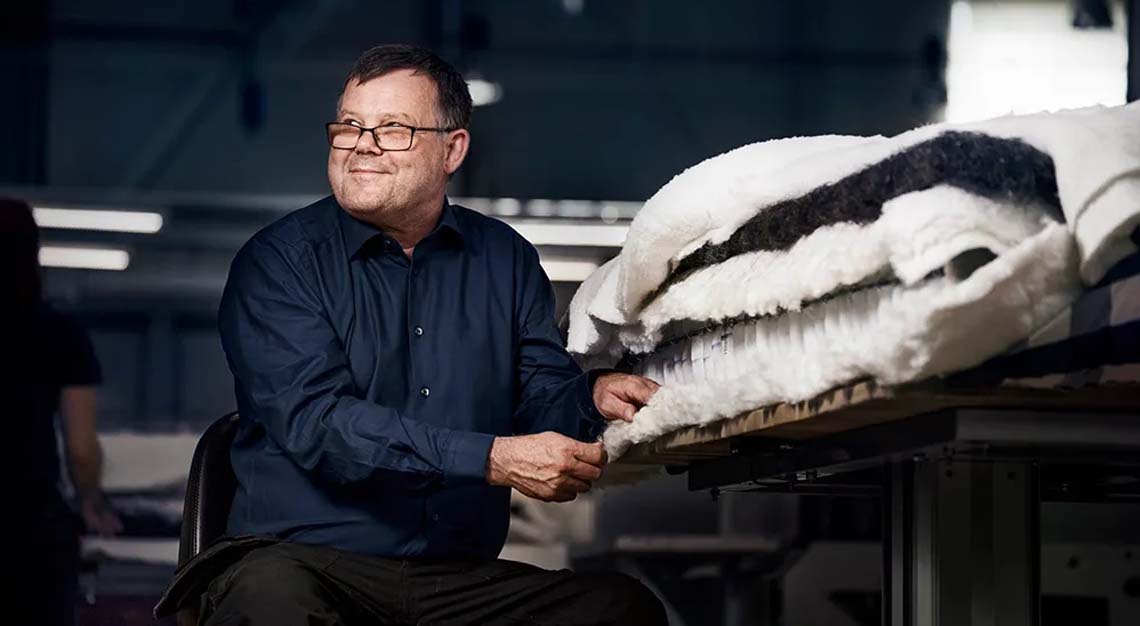
Coming in four colours—Black Shadow, Traditional Blue, Phantom Charcoal, and Natural Shale—its plinth section is swathed in Nubuck or suede cowhide from France (hand-dyed in Italy), embossed with that familiar plaid pattern and studded with golden brass studs, whilst its pull handles and corners are finished with Indonesian stingray skin. The headboard is upholstered in mohair with poplin piping on the wingback sides. At the workstation where it is created, so obsessive is attention to performance details that square pine pegs—albeit with their corners shaved down—are literally hammered into round holes in harder oak timber (whereas wood and metal react differently to atmospheric conditions, using all wood ensures that the pegs remain flush against the parts they’re holding together—a noise-reducing sleight of hand that parents of young children craving regular but stealthy intimacy will appreciate).
Returning to a bed’s primary purpose, no one really knows exactly why sleep is such a restorative pastime—and yet, as Walker points out, it’s clearly the closest thing we have to an elixir of life. Comparisons to a washing machine’s rinse cycle are common in scientific circles, whilst its positive effects on cognitive performance, memory processing, alertness, and emotional stability are self-evident. Ryde—who monitors his sleep patterns with wearable technology—insists that he requires around an hour’s more shut-eye each night when business trips take him away from the top-of-the-range Hästens stack in his bedroom. “The difficulty we have with sales is, we can’t explain to people how good they’ll feel six months down the line,” he tells us over lunch after the tour.
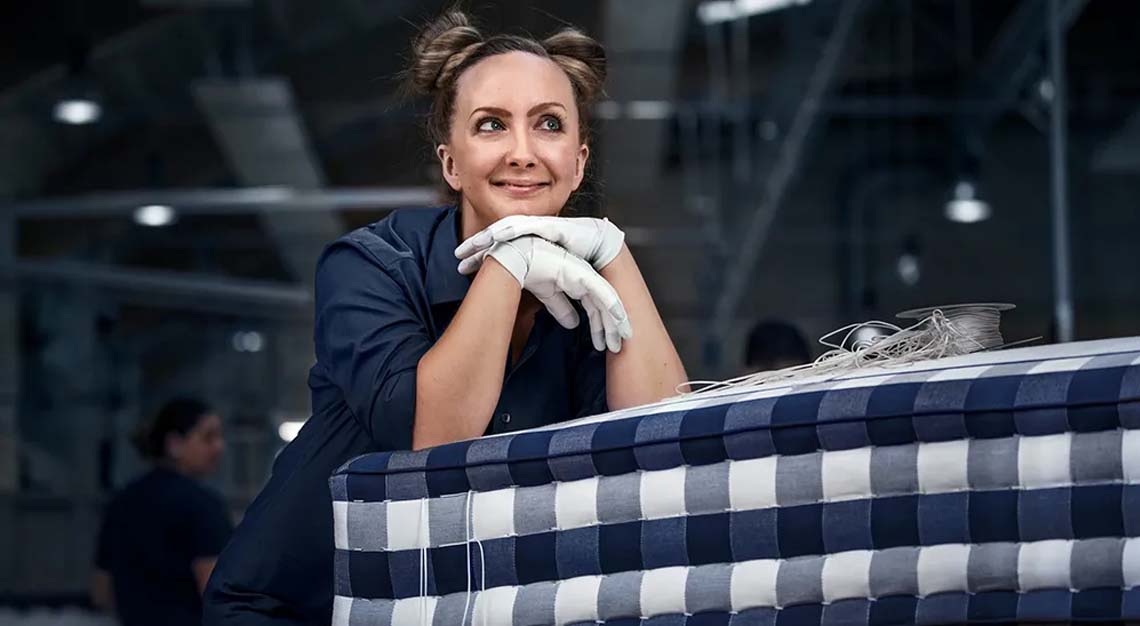
Hästens, meanwhile, is on a roll. With its products now distributed in more than fifty countries on five continents, the book Ryde promised himself he’d write once annual sales reached SEK 1 billion, When Business Is Love: The Spirit of Hästens—At Work, At Play, and Everywhere in Your Life, is in the final editing stage. The first Hästens Sleep Spa Hotel has opened in Portugal, and the stress-busting Hästens Restore App is going down a storm amongst the brand’s markedly well-rested global following.
It should come as no surprise that marketing pros would call this a ‘love mark’ rather than a ‘brand’. It’s genuinely hard to think of a wiser purchase, for those who seek emotional and cerebral well-being as their return on investment.
Robb tip: Your nearest Hästens boutique will be at The Shoppes at Marina Bay Sands, B1-52, Singapore 018972. Expect to pay a starting price of S$35,000 for the entry-level king-size Excel bed, or S$900,000 for the Grand Vividus.
This story was first published on Robb Report USA
